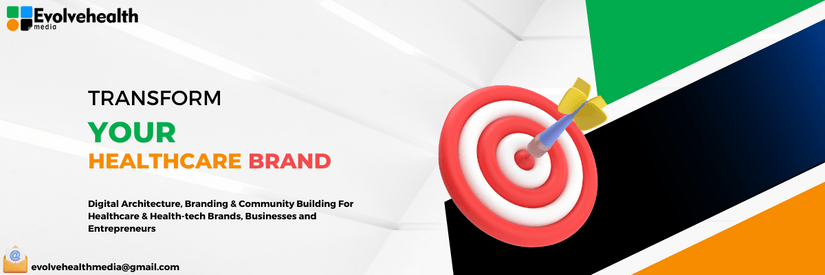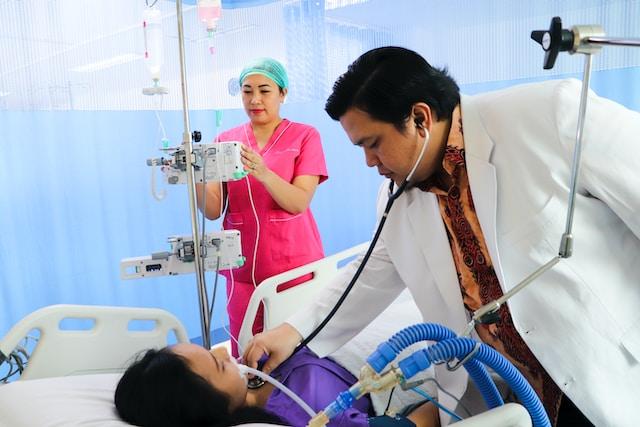
Nursing documentation is the act and art of reporting and recording every form of nursing care/services rendered to the individual patient during each shift [duty or call] for the continuation of care, promotion of patient safety, and proof of professionalism in delivering healthcare services.
Documentation is an integral aspect of nursing practice, as the absence of documentation means no care or nursing services were rendered.
Nursing documentation is a sign of professionalism in this era of evidenced-based nursing/medical practice; it is one of the ethics of the nursing profession to ensure diligence, competence and absolute thoroughness.
The ability of a nurse to perform nursing duties and still document appropriately reflects two lines in the nursing anthem: “An epitome of humility and service, we are specially ordained for this vocation”.
Nursing documentation allows nurses to utilise their clinical initiative and encourages critical thinking and communication among all clinical specialities involved directly or indirectly with patient care.
“High-quality patient documentation in primary care is crucial for ensuring the quality of care, continuity of care, and patient safety.”
Bjerkan J, Valderaune V and Olsen RM (2021).
There are two major forms of Nursing Documentation.
- Paper Documentation.
- Electronic Medical Record.
- Paper Documentation: The nurse manually writes nursing notes on “pre-formatted” templates [charts, tables, columns, etc.]
- Electronic Medical Records/Documentation: In electronic medical records/documentation, the need for handwritten notes is eliminated. Instead, a computer or digital device is used to collect patient care data. Electronic medical records store patients’ data on a local storage, server, or cloud.
Malpractices In Nursing Documentation
This is defined as the process by which nursing documentation is done in an improper, incomplete or incomprehensible manner, which can affect the quality of care and put the patients at risk.
Factors Contributing To Malpractices In Nursing Documentation
These factors can be grouped into four major categories:
- Technological
- Organisational
- Social
- Individual
Technological
Technology plays a significant role in patient care. In today’s healthcare ecosystem, digital health tools are becoming part of our healthcare structure, and these tools are playing important roles in patient care, particularly in patient medical records.
Electronic medical records are becoming an essential part of any healthcare institution. And nurses must evolve to understand these systems and leverage them to help improve the quality of care rendered to patients.
However, many factors can contribute to malpractice or poor documentation in the use of electronic medical records.
- Poor “Information Communication Technology” infrastructure in an organisation: Poor UI/UX & usability of electronic medical record systems. When the user interface or experience of an electronic medical records platform is poor or inefficient, it can contribute to malpractice and inadequate documentation. Nurses will not be motivated to document properly due to difficulties navigating through a cumbersome user interface.
- System Downtimes: Regular system downtimes can negatively affect how nurses document care rendered to patients during a shift or duty. Constant and reoccurring system downtimes can negatively impact the documentation culture of nurses.
- Inadequate IT Support: Organisations that rely heavily on electronic medical records must ensure enough IT support to assist nurses with technical difficulties. Documentation will suffer when there is inadequate or poor IT support.
Organisational
Healthcare organisations have unique roles to play in encouraging the development of proper documentation culture among nurses.
When organisations refuse to put proper structures and policies in place that make it easy for nurses to imbibe appropriate documentation culture, patient care outcomes suffer.
Organisational factors that can contribute to malpractice in nursing documentation include:
- Heavy Workloads: This can occur in a setting where the ratio of patients to nurses is high. In such cases, the nurses have a lot of activities to carry out within a short time. Imagine a nurse taking care of six or more patients who must be attended to, and at the same time, the nurse has to write nursing care plans, document care rendered, and fill templates and checklists, all within a short time. One activity must give way for the other. And most times, documentation suffers.
- Documentation Policies & Routines: Organisations with poorly designed documentation policies and routines will experience poor documentation culture among nurses.
- Fragmented Documentation Structures: This also boils down to poor documentation policies that encourage gaps and holes in the documentation process.
Social
Patient-centred activities take priority in a typical care unit or ward over any other activity.
The mind of nurses are primed to put the patient first before any other thing, so when there isn’t even enough time during a shift, the little time available is given to patient-centred activities while documentation becomes a secondary activity.
And suppose patient care documentation is perceived as a secondary activity. In that case, there will definitely be a lack of thoroughness and devotion to it, giving room for malpractice and poor practices.
- Poor Care Culture: Nurses must be encouraged, motivated and educated to understand that documentation is integral to patient care. Without it, the care rendered is incomplete.
- Overall Attitude Towards Documentation: Documentation in clinical practice is the primary mode of communication among clinical professionals. The data nurses extract from patient care is used by other professionals to design care paths for the patient.
Nurses should understand how important documentation is to improving patient care outcomes.
If they know its importance, their overall attitude towards documentation will change, and they will begin to implement strategies that will enable them to inculcate the documentation culture in patient care.
Individual
There are also individual factors that contribute to malpractice in patient care documentation. And they fall under the following categories:
- Lack of knowledge about the importance of nursing documentation: A nurse’s knowledge of nursing documentation will determine how they approach patient care documentation.
- Ignorance of the implications of malpractices in nursing documentation: There’s a legal side to healthcare practice. One way nurses and healthcare professionals can ensure they are not caught in the web of litigation is to develop a culture of proper patient care documentation.
- Poor time management practice: A Nurse should be able to plan the nursing activities to be rendered and set priorities. Patient-centred activities and documentation must take the top priority when planning.
- Complacency.
- Negligence.
- Procrastination.
- Lack of enthusiasm towards career advancement.
Conclusion
In the technological age, it’s becoming easier to find oneself in the web of litigation because of the numerous advancements in digital technologies utilised in healthcare practice.
It’s easier to trace your “care footprints” in patient care pathways and easier to hold you responsible.
With surveillance cameras, advanced electronic medical records, and other digital health tools and strategies, healthcare professionals are finding themselves in very tight corners as regards the quality of care rendered to patients.
It’s paramount that nurses [and other healthcare professionals] pay close attention to the issue of patient care documentation and begin to develop themselves in areas lacking so that they can provide quality and safe care to patients and clients and prevent themselves from getting entangled in the web of medical litigation.
Related Reads
- Clinical Nursing Classroom April Edition: General Overview Of Research Methodology With Oluwadamilare Akingbade
- Boosting Healthcare Delivery With Cloud Technology: Commentary On Microsoft’s Strategy To Boost Healthcare Delivery With Cloud Technology
Further Reading
Nursing documentation: How to avoid the most common medical errors | Wolters Kluwer
Patient Safety Through Nursing Documentation: Barriers Identified by Healthcare Professionals and Students | Frontiers
Internal Brand Ad.

“Creative marketing, intelligent community building and smart branding by experts and professionals for ‘future-thinking’ healthcare and healthtech brands.”
Drive the transformation you have always dreamt of.





